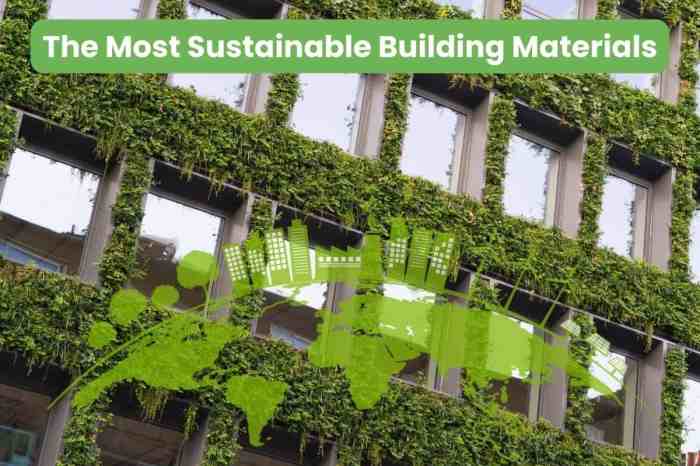Commercial renovation projects serve as a vital force in reshaping the landscape of our cities and business environments. They not only breathe new life into aging properties but also reflect evolving market demands and consumer expectations. As businesses seek to adapt to modern aesthetics and functionalities, these projects have become essential in maintaining competitive advantage.
From upgrading outdated office spaces to enhancing retail environments, the scope of commercial renovations is vast and varied. This multifaceted process not only requires understanding the unique challenges of commercial properties compared to residential ones but also involves a range of key players, including real estate agents, investors, and skilled contractors. The trends of sustainability and luxury designs are not just buzzwords; they are integral to the success of these projects.
Overview of Commercial Renovation Projects
Commercial renovation projects play a crucial role in enhancing the functionality and aesthetics of business spaces. In today’s competitive market, these projects are not just about updating a space; they are essential for attracting customers and retaining tenants. Understanding the significance of these renovations can lead to better investment decisions and improved property values.The typical scope and scale of commercial renovation projects can vary widely, from minor updates such as paint and flooring changes to extensive overhauls involving structural alterations and reconfigurations of space.
Unlike residential renovations, which often focus on individual preferences, commercial renovations emphasize functionality, compliance with regulations, and the overall experience of users, which could include employees, customers, or clients.
Key Players in Commercial Renovation
In commercial renovation projects, various stakeholders influence the outcome and direction of the work.
- Real Estate Agents: They play a vital role in advising property owners about renovation needs to maximize market appeal and value.
- Real Estate Investors: Their financial backing and market insights significantly impact renovation decisions, often prioritizing features that enhance return on investment.
- Commercial Real Estate Agents: These professionals facilitate the renovation processes by connecting property owners with contractors and designers, ensuring that renovations align with current market trends.
Trends in Commercial Renovation
Current trends in commercial renovation emphasize sustainability and integrating green practices into design. Many businesses are opting for environmentally-friendly materials and energy-efficient systems to reduce their carbon footprint.Additionally, luxury design elements commonly found in high-end residential properties are making their way into commercial spaces. This can include the use of high-quality finishes, intricate architectural details, and innovative layouts, all aimed at creating a welcoming and stylish environment that enhances customer experience.Examples of this trend can be seen in office spaces that incorporate biophilic design, blending natural elements with modern aesthetics, thus improving employee satisfaction and productivity.
Financing and Budgeting for Renovation Projects

The budgeting process for commercial renovation projects is critical and requires careful planning. Typically, it involves assessing the overall goals of the renovation, estimating costs for materials and labor, and setting aside a contingency budget for unexpected expenses.Various financing options are available for commercial renovation, including traditional loans, lines of credit, and mortgage refinancing. Each option comes with its own set of requirements and implications for the overall budget and cash flow.Effective cost management strategies during renovations can include comparing multiple contractor bids, prioritizing renovations based on necessity and impact, and regularly reviewing project budgets to prevent overruns.
The Renovation Process
A successful commercial renovation project follows a structured step-by-step process:
- Initial Assessment: Evaluate the current state of the property and define renovation goals.
- Design Planning: Collaborate with architects and designers to create a renovation plan that meets objectives.
- Permitting: Obtain necessary permits and licenses to ensure compliance with local regulations.
- Contractor Selection: Choose qualified contractors through a bidding process.
- Execution: Begin renovation work, with regular check-ins to monitor progress and address issues.
- Final Inspection: Conduct a thorough review of the completed work to ensure it meets standards.
Acquiring the right permits and licenses is essential for any renovation project to avoid legal complications and ensure that the work complies with safety and zoning regulations.
Marketing Commercial Renovated Spaces
Effectively marketing renovated commercial properties involves strategic planning and execution. Property owners should focus on showcasing the unique features and improvements made during the renovation.Home staging can significantly enhance commercial spaces, creating an inviting atmosphere that appeals to potential tenants or buyers. This involves carefully selecting furniture, decor, and layouts that highlight the property’s best attributes.Creating appealing listings for renovated properties is vital.
Listings should include high-quality photographs, detailed descriptions of renovations, and compelling narratives that convey the property’s value in the market.
Challenges in Commercial Renovation
Common challenges faced during commercial renovation projects include unforeseen structural issues, delays in the supply chain, and budget overruns. To manage disruptions and delays, project managers should develop a clear timeline with built-in flexibility and maintain open lines of communication with all stakeholders.Solutions for overcoming budget overruns often involve thorough initial assessments, regular budget monitoring, and an adaptable approach to project scopes that allows for adjustments based on real-time feedback and conditions.
Case Studies of Successful Commercial Renovations
Notable examples of successful commercial renovation projects illustrate the potential impact on local real estate markets. Details such as the transformation of an outdated office building into a modern workspace that incorporates flexible layouts and collaborative areas demonstrate how investing in renovations can revitalize a property and attract new tenants.Analyzing these successful renovations reveals key factors that contribute to their effectiveness, such as thorough market research, engaging design, and strategic marketing, which can serve as a model for future projects aiming for similar outcomes.
Closing Summary
In summary, commercial renovation projects are more than just physical transformations; they are strategic endeavors that can significantly impact local markets and economies. By understanding the renovation process, financing options, and marketing strategies, stakeholders can navigate challenges effectively and achieve remarkable results. As we look ahead, the continuous innovation in design and sustainability will undoubtedly shape the future of commercial spaces in exciting ways.
Question Bank
What are the typical costs associated with commercial renovation projects?
The costs can vary widely depending on the scope, location, and specific renovations needed, but budgeting typically ranges from $50 to $250 per square foot.
How long do commercial renovation projects usually take?
The timeline can range from a few weeks to several months, depending on the complexity and size of the project.
Do I need permits for commercial renovations?
Yes, most commercial renovations require various permits to ensure compliance with local building codes and regulations.
Can I finance a commercial renovation?
Yes, there are several financing options available, including bank loans, private lenders, and specialized renovation loans.
How can I ensure my renovation stays on budget?
Effective project management, detailed budgeting, and regular monitoring of expenses can help keep costs in check.
